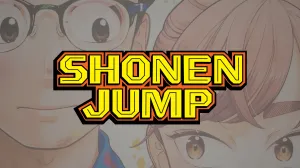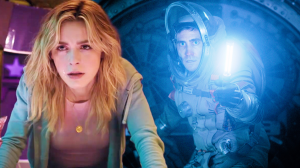The 1980s were anime’s analog big bang. The home-video boom sparked a wave of OVAs, letting studios bypass broadcast standards and pitch directly to niche audiences — cyberpunk thrillers, hard sci‑fi one-offs, violent or adult-leaning dramas — alongside toy-anchored TV series.
Videos by ComicBook.com
It was a time when anime was still finding its footing as a distinct medium, free from the constraints of mass-market expectations that would come later. In contrast, the 1990s was the decade where anime began to refine itself for a broader audience. While the 80s thrived on experimentation, the 90s leaned into polish and accessibility, giving rise to more structured narratives and a push toward global appeal. The animation quality saw noticeable improvements, aided by advancements in technology, but some of the grit and unpolished edge of the 80s was lost in the process.
10. They Were Eleven
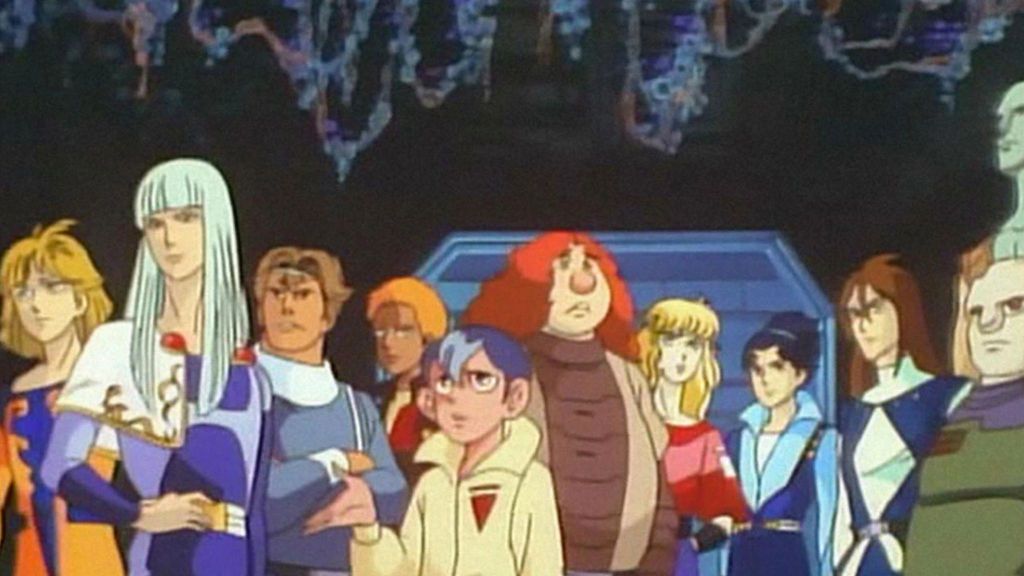
They Were Eleven is a classic sci‑fi mystery from Moto Hagio (manga) with a 1986 anime film adaptation. Ten students are sent to a derelict spaceship as part of their final test to join an elite space academy. When they get there, they realize there’s an eleventh person among them. No one knows who this extra person is or what their intentions are. Paranoia sets in, and the group has to figure out how to survive while trying to uncover the imposter. If you like shows like The Twilight Zone or Among Us-style paranoia stories, you’ll probably love this one.
9. Future Police Urashiman
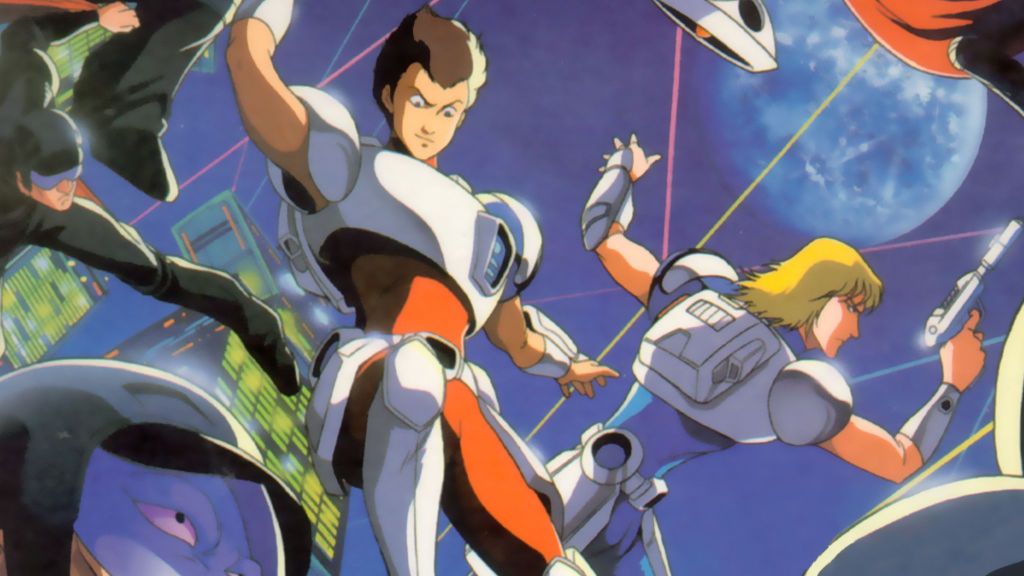
Future Police Urashiman is a neon-soaked, early-’80s sci‑fi action-comedy about a guy from 1983 who accidentally time-slips into 2050 and gets roped into being a cop. He wakes up with amnesia and falls in with a police unit battling a flashy mega‑corp/crime syndicate called Necrime. It’s episodic for the most part, so each episode feels like its own little adventure. The story itself doesn’t take itself too seriously, which is part of its appeal. For fans of stuff like Bubblegum Crisis or City Hunter, this is definitely worth checking out.
8. Round Vernian Vifam
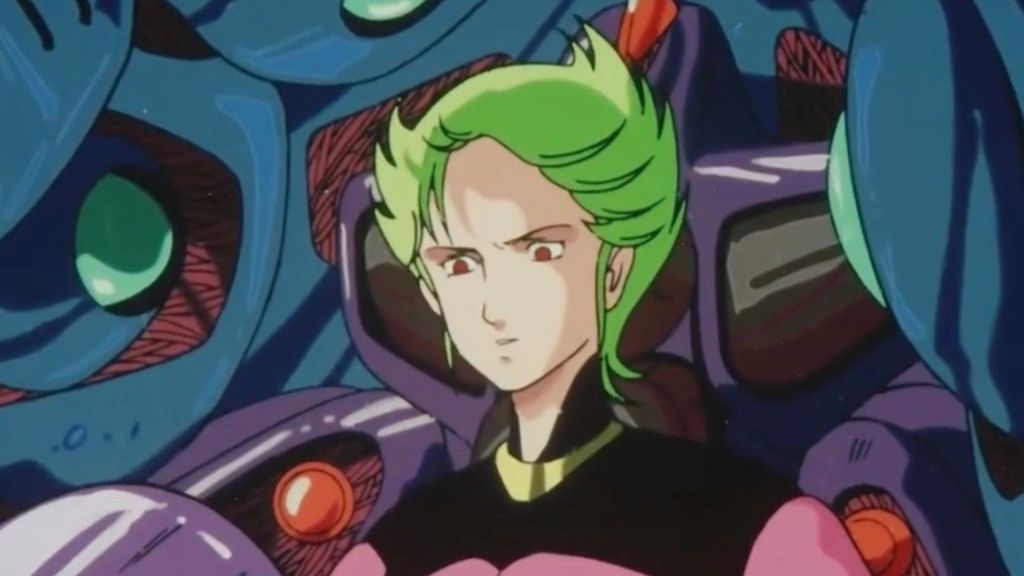
Round Vernian Vifam is a classic 1983–84 mecha adventure story. A group of kids get stranded in space after their colony is attacked by aliens. With no adults to guide them, they’re forced to take control of a spaceship and figure out how to survive while trying to reunite with their families. The anime was directed by Takeyuki Kanda, who worked on classics like Mobile Suit Gundam and Space Battleship Yamato. His experience with space opera shows really comes through in how confidently Vifam handles its world-building and pacing. Despite being 40+ years old, many episodes still hold up surprisingly well from a directorial standpoint.
7. Bagi, the Monster of Mighty Nature
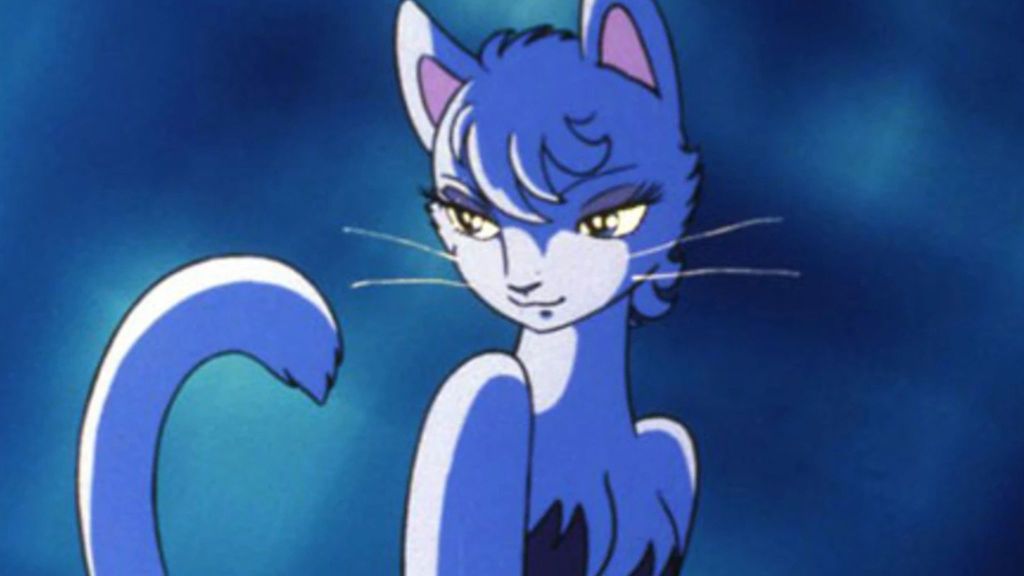
Bagi, the Monster of Mighty Nature is an eco-themed 1984 TV special from Osamu Tezuka (Astro Boy, Black Jack). The story is about a genetically engineered human-panther hybrid named Bagi, who’s on the run from the people who created her. She teams up with a young man named Ryo, who has his own mysterious connection to her, and together they uncover a conspiracy involving genetic experiments and environmental destruction. As a time-capsule one-shot with teeth and heart, Bagi punches above its weight.
6. Be Forever Yamato

Be Forever Yamato is part of the legendary Space Battleship Yamato franchise. This movie is a standalone story, so you can technically watch it without diving into the whole Yamato series, but having some context helps (especially if you’ve seen Farewell to Space Battleship Yamato or the first series).
The plot classic is Yamato: Earth is in trouble again. This time, it’s being attacked by an alien empire called the Dark Nebula, and our beloved crew of the Yamato has to save the day. The movie leans heavily on the franchise’s emotional beats — heroism, sacrifice, and that melancholic sense of hope against impossible odds. If you’re new, start with the first TV series or the 1977 compilation (or the 2199 remake) so the emotional beats here actually land.
5. The Mysterious Cities of Gold
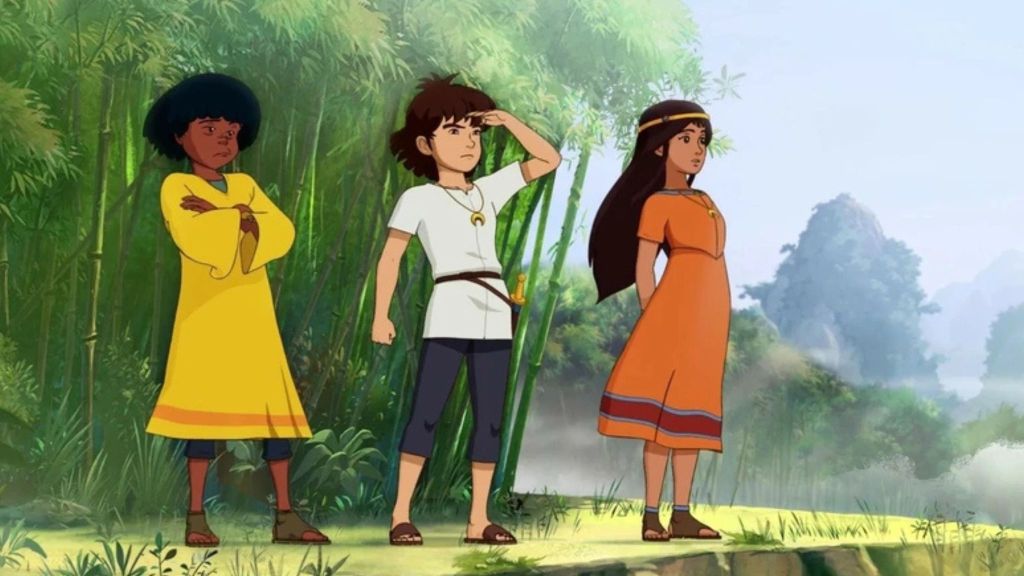
The Mysterious Cities of Gold is a 1982 adventure series that mixes kid-friendly treasure hunt with surprisingly thoughtful history. The story follows Esteban, a young boy who’s searching for his father in the 16th century. He gets caught up in a grand quest to find the legendary Cities of Gold in the Americas. Along the way, he teams up with Zia (an Incan girl) and Tao (the last descendant of a lost civilization).
Together, they face everything from Spanish conquistadors to ancient technology while uncovering the truth behind the mythical cities. Yes, it’s technically a “kids show,” but like the best of Studio Ghibli, it never talks down to its audience. There’s a reason it gained such a devoted cult following that it actually received two sequel seasons in 2012 and 2016, over 30 years after the original. A third season aired in 2020.
4. Dallos
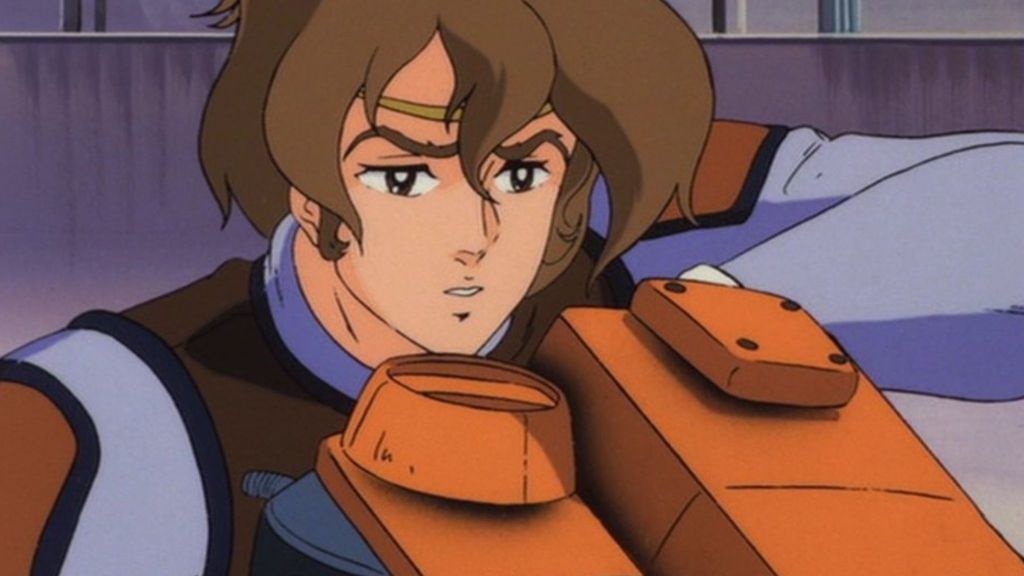
Dallos is essentially Mamoru Oshii’s forgotten masterpiece from 1983 that deserves way more recognition than it gets. As the first ever original video animation (OVA) in anime history, it pioneered a format that would eventually give us classics like Akira and Ghost in the Shell. The story takes place on a colonized Moon where Earthers exploit the lunar colonists for resources. Our protagonist, Shun Nonomura, gets caught up in the growing resistance movement against Earth’s military control. Dallos is a fascinating early example of anime tackling serious themes with nuance. Plus, watching early Oshii is like seeing a brilliant director finding his voice before creating landmarks like Ghost in the Shell.
3. Space Adventure Cobra
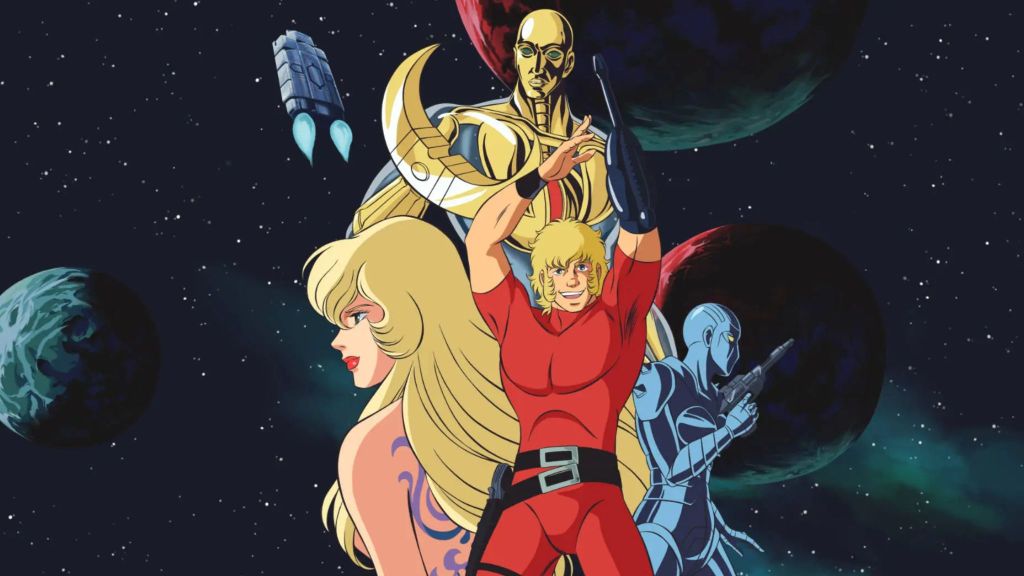
If you love a suave, roguish hero who oozes charisma, this one’s for you. Space Adventure Cobra revolves around Cobra, a cigar-chomping, space bounty hunter. After faking his death to escape his enemies and living quietly for a while, he gets dragged back into the world of space pirates, galactic conspiracies, and all kinds of insane adventures. Along the way, he teams up with bounty hunter Jane and faces off against the fearsome Pirate Guild. It’s a series that influenced countless works that followed, from Cowboy Bebop to Outlaw Star, and still holds up as tremendously fun space adventure with style to spare.
2. Plawres Sanshiro

Plawres Sanshiro is basically the proto-Medabot or Pokémon battle anime that time forgot. Made back in 1983, it follows Sanshiro Sugata, a teenager who’s obsessed with a miniature wrestling robot competition called “Plawres” (short for Plastic Model Wrestling). The core story revolves around Sanshiro’s journey with his robot Juohmaru, battling against increasingly skilled opponents while learning the true spirit of competition. There’s actual character development here that was pretty rare for early 80s anime aimed at kids. Plawres Sanshiro is also a fascinating time capsule of early 80s Japan when model kit building and robotics were capturing the imagination of a generation.
1. Aoki Ryuusei SPT Layzner

Aoki Ryuusei SPT Layzne kicks off in an alternate 1996 where Earth and Mars are on the verge of establishing peaceful relations, but everything goes sideways when Earth representatives on Mars are attacked by the militaristic Grados Empire. Our protagonist, Eiji Asuka (half-Earthling, half-alien), defects from the Grados forces with his advanced mecha (the titular Layzner) to protect a group of Earth students caught in the conflict. Fair warning: the series takes a dramatic shift in its final third with a time jump that divides fans, and unfortunately, the planned finale movie never materialized, leaving some threads unresolved. Despite this, Layzner represents some of the most mature storytelling in 80s mecha anime
What do you think? Let us know in the comments!





